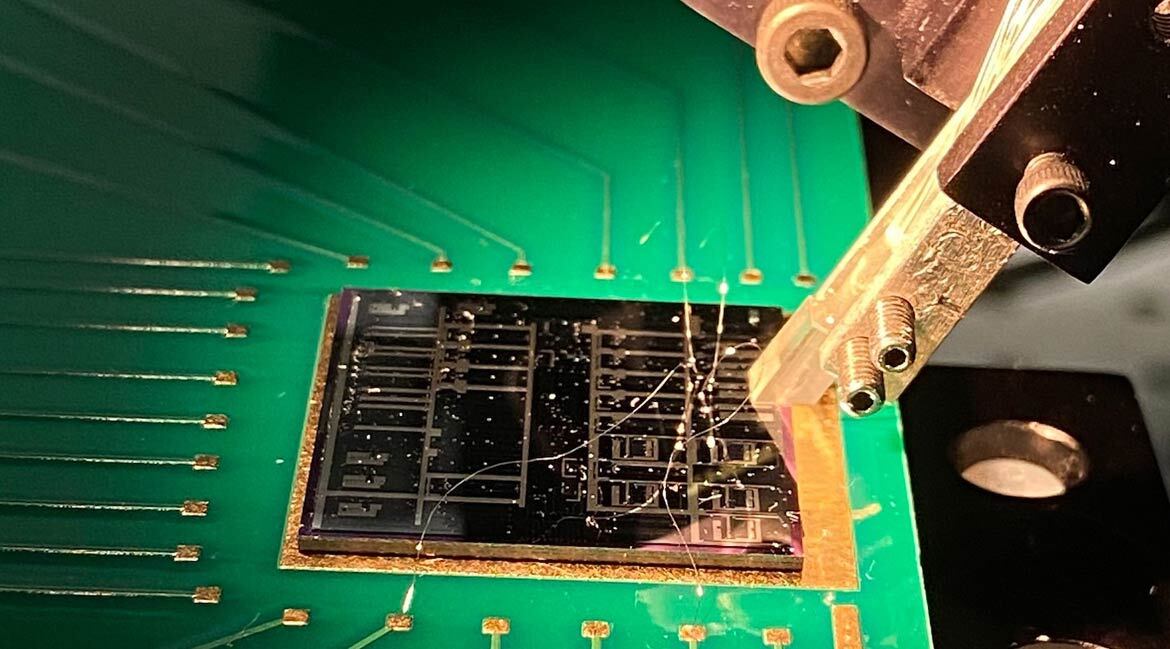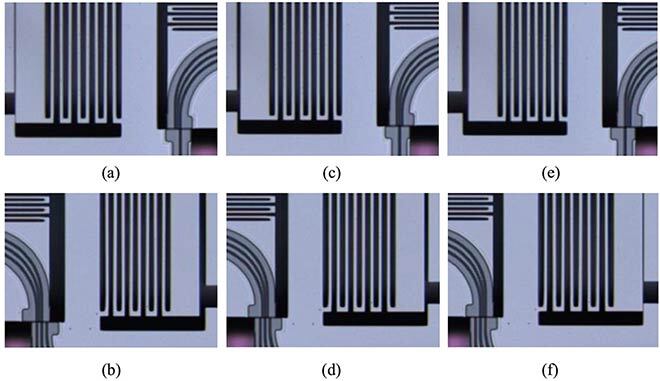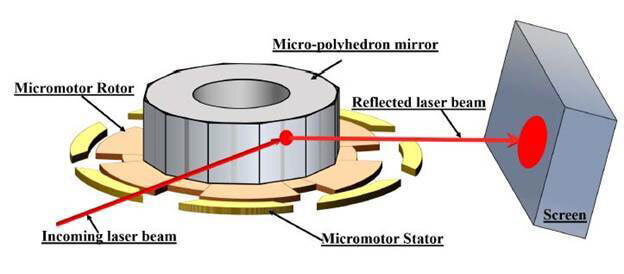A New Generation of Optical Technologies

1 × 3 optical switch. Copyright.
The evolution of several technologies, such as the Internet of Things and artificial intelligence, is putting more and more pressure on our telecommunication networks. New applications requiring real-time actions are emerging, demanding increasingly higher bandwidths and increasingly lower latency. Nothing moves faster than light, so it’s only natural to turn to photonic networks. The longer the signal is maintained in the optical domain, the lower the transmission latency, hence the advantage of transmitting light directly, without doing electronic processing.
However, light is not as easily manipulated as electrical signals, because photons have no charge. In addition, the conventional way of assembling optical systems requires highly precise alignment between several components, a time-consuming and costly process that can produce a bulky system. At ÉTS, we are exploring different methods of designing photonic circuits, where structures created directly into chips during fabrication can provide the desired control by acting as switches, for instance.

Microscope magnified image of a 1 × 3 optical switch placed at the input and output of a waveguide: (a, b) left position; (c, d) center position; (e, f) right position.
Different Ways of Manipulating Light
One of the methods we are studying is building micro-opto-electromechanical systems (MOEMS). A big advantage enabled by these structures is the creation of a reconfigurable network adaptable to current needs. In this type of network, not only can the connections be changed to maximize the bandwidth between two users, but the channel width can be adjusted to use available bandwidth in the most efficient way. To achieve this, filters are added to determine the frequency range passing through each channel and even change the central frequency as required. Such flexibility is achieved through the thermal optical effect, by changing the refractive index using heat.
Light itself can be used to affect other light beams through interactions occurring between different signals. This is achieved through nonlinear effects that change of the refractive index experienced by light beams on the chip. However, since the nonlinear effects are typically weak, we are currently exploring different materials that, once integrated into a chip, could maximize light interactions using less power.

Rotating microscanner
High-Performance, Low-Cost Communication Systems
Our ultimate goal is to improve the integration of optical components to scale down the size of systems. We are also exploring different materials and manufacturing processes to lower costs. Finally, energy consumption is also one of our concerns; by slightly reducing the power required for each connection, we can obtain significant energy savings at the data centre level.



